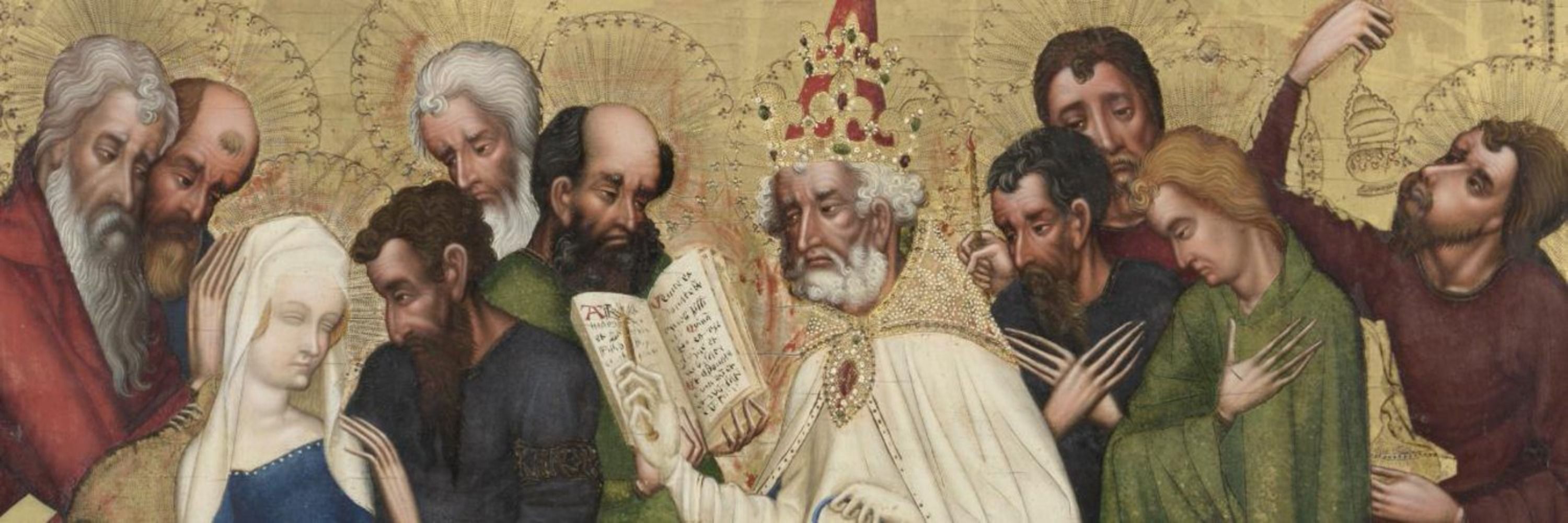CMA: Medieval Art
@cmamedieval.bsky.social
690 followers
3 following
2.1K posts
Sharing public domain works from the Medieval Art department of
the Cleveland Museum of Art.
Automated thanks to @andreitr.bsky.social and @botfrens.bsky.social
Posts
Media
Videos
Starter Packs
Reposted by CMA: Medieval Art
Reposted by CMA: Medieval Art
Reposted by CMA: Medieval Art
Reposted by CMA: Medieval Art
Reposted by CMA: Medieval Art
Reposted by CMA: Medieval Art
Reposted by CMA: Medieval Art








![This beautiful initial P introduces the text Puer natus e[st] nobis, et filius datus est nobis (“For a child is born to us, and a son is given to us”) which marks the opening of the Introit for Christmas Day. The text, taken from Isaiah 9:6, continues, “. . . and his name shall be called Wonderful.” It is used to celebrate one of the most joyous events of the Christian Church—the birth of Christ. This splendid leaf from a manuscript gradual contains the chants used for solemn high Mass on Christmas Day. The initial P features sprays of foliage that emerge and migrate along three sides of the page. Painted by Attavante degli Attavanti, one of the most prominent Florentine illuminators of the late 15th century—whose patrons included Duke Federigo da Montefeltro of Urbino, King Matthias Corvinus of Hungary, and the Medici Pope Leo X—the initial is characteristic of Attavante’s use of a bright, sunny palette. His miniatures often include detailed landscapes with receding vistas and sundrenched hills, townscapes, and ultramarine skies.](https://cdn.bsky.app/img/feed_thumbnail/plain/did:plc:3dly5roasg5ydnifqomx2smy/bafkreiftzp4cvoh2zeqoxw72lm6hilrpv2s7pszhbyzyztjvyedcozds5q@jpeg)

















